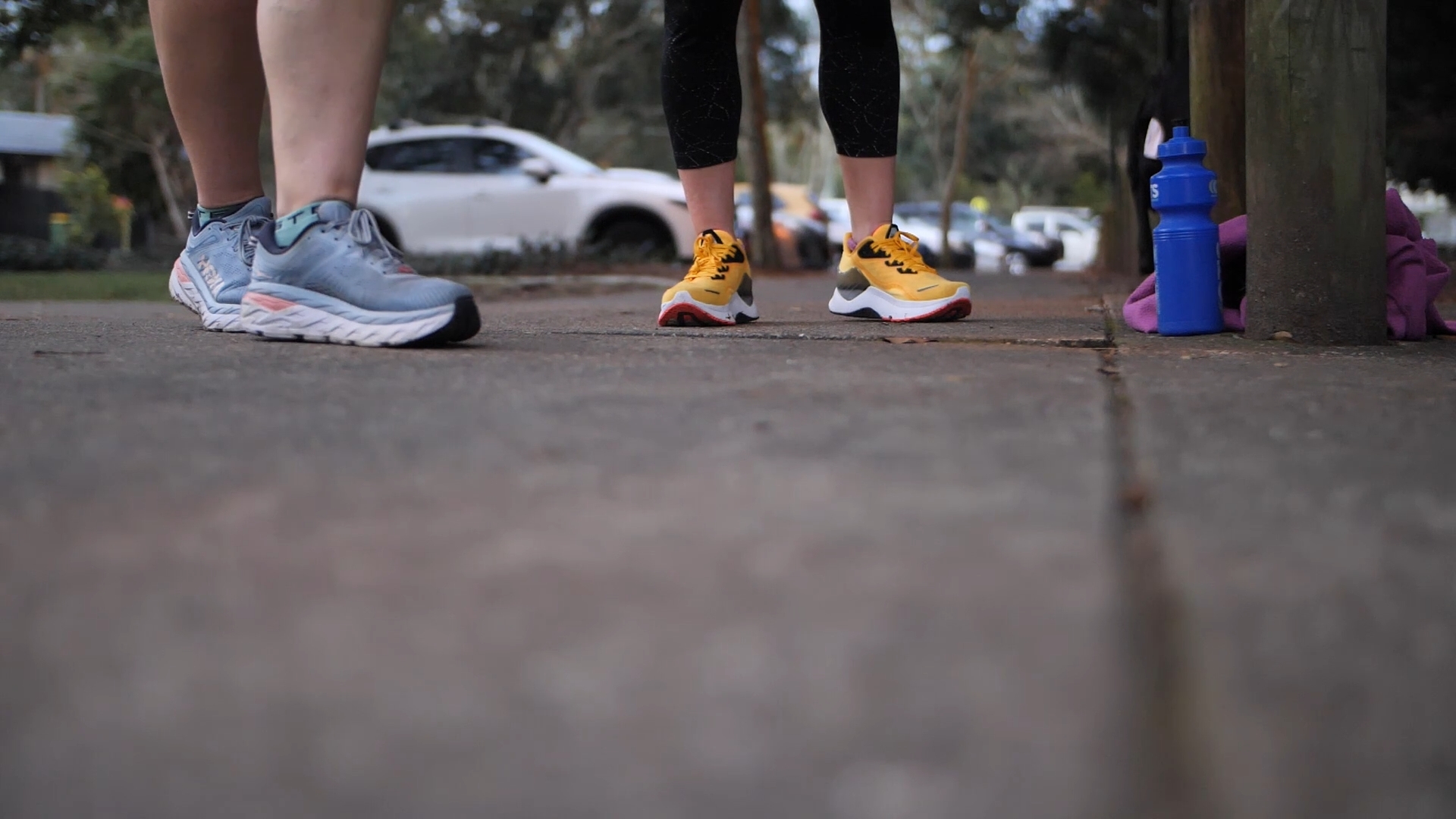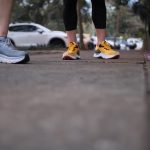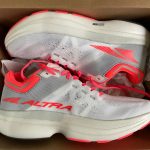
Recreational running is a fantastic way to stay fit and boost overall well-being.
But let’s be real, it comes with its fair share of aches and pains. Injuries, especially running-related injuries (RRIs), are all too common in the running world.
If you’ve been running for a while, chances are you or someone you know has faced or facing an injury.
Research shows that somewhere between 33% to 50% of recreational runners end up with at least one injury every year, and the knee tends to be the biggest culprit (Johnson et al., 2020; Boullosa et al., 2020).
In fact, knee injuries make up nearly half of all running injuries, with other common problem areas being the lower leg, foot, and thigh (Boullosa et al., 2020; Dempster et al., 2021). You’ve probably heard of injuries like patellofemoral pain syndrome, plantar fasciitis, Achilles tendinopathy, and stress fractures.
These injuries can lead to chronic pain and even force some runners to hang up their shoes for a while (Johnson et al., 2020; Kakouris et al., 2021).
Now, why do these injuries happen?
It’s not a simple answer, and there’s no one-size-fits-all explanation.
Most often, they stem from a mix of overuse, poor training habits, and biomechanical factors. For example, how you strike the ground while running can greatly affect your injury risk, with certain types of impact-related ground reaction forces being closely linked to specific injuries (Johnson et al., 2020).
Then there’s fatigue. When you’re tired, your form tends to falter, which can throw your joint mechanics out of whack and lead to injuries (Quan et al., 2021). And, let’s not forget about the importance of smart training. If you’re suddenly ramping up your mileage or going too hard too fast, you’re putting yourself at a higher risk of getting injuried (Stenerson, 2023; Dallinga et al., 2019).
So, what can we do about it?
Thankfully, there are several ways to reduce injury risks and keep enjoying the run.
One of the most effective methods is to follow a well-structured training plan that gradually increases in distance and intensity, giving your body time to adapt (Taddei et al., 2020).
Another promising strategy within the research is foot core training. Basically, exercises to strengthen the muscles in your feet, which can improve stability and lower injury risk (Taddei et al., 2020). And with today’s technology, there are some pretty cool gadgets out there, like wearables that track your running form and biomechanics. These devices can give you real-time feedback, helping you tweak your technique and avoid injury-prone habits (Tzelepis, 2023; Mayne et al., 2021).
But physical preparation isn’t the whole story.
In addition to physical training, psychological factors play a role in injury prevention.
Runners often face a mental challenge when it comes to resting or reducing their training.
Many are afraid that taking a break will set them back, leading to a fear of missing out on progress. This mindset can push runners to train through fatigue or discomfort instead of trusting the work they’ve already put in. As John points out,

The right footwear is another piece of the puzzle.
While the perfect pair of shoes won’t magically prevent all injuries, choosing shoes that offer the right support and cushioning for your foot type can help lower your injury risk (Malisoux & Theisen, 2020).
However, don’t rely solely on shoes. You also need to pay attention to your running technique and training strategies (Malisoux & Theisen, 2020).
Research has shown that many runners think that mistakes in training, wearing the wrong shoes, or simply pushing too hard are the main reasons for injuries (Fokkema et al., 2019; Verhagen et al., 2021). It is therefore important to educate runners on these key issues to empower runners to make safer training choices and avoid unnecessary risks.
While these strategies can help reduce the risk of running-related injuries, it’s important to consult with your medical practitioner or a physiotherapist before starting any new training program or making changes to your running routine.
They can provide personalised advice tailored to your specific needs and help you stay on the path to running safely and effectively.
In a nutshell, running is awesome for your health, but it’s not without risks.
Knowing what injuries are common and understanding their causes can help you stay one step ahead.
By combining gradual training, strength work, tech-savvy tools, psychological insight, and smart footwear choices, you can keep running strong and injury-free for years to come.
References:
- Boullosa, D., Esteve-Lanao, J., Casado, A., Peyré‐Tartaruga, L., Rosa, R., & Coso, J. (2020). Factors affecting training and physical performance in recreational endurance runners. *Sports, 8*(3), 35. https://doi.org/10.3390/sports8030035
- Dallinga, J., Rijn, R., Stubbe, J., & Deutekom, M. (2019). Injury incidence and risk factors: a cohort study of 706 8-km or 16-km recreational runners. *BMJ Open Sport & Exercise Medicine, 5*(1), e000489. https://doi.org/10.1136/bmjsem-2018-000489
- Dempster, J., Dutheil, F., & Ugbolue, U. (2021). The prevalence of lower extremity injuries in running and associated risk factors: a systematic review. *Physical Activity and Health, 5*(1), 133-145. https://doi.org/10.5334/paah.109
- Fokkema, T., Vos, R., Bierma-Zeinstra, S., & Middelkoop, M. (2019). Opinions, barriers, and facilitators of injury prevention in recreational runners. *Journal of Orthopaedic and Sports Physical Therapy, 49*(10), 736-742. https://doi.org/10.2519/jospt.2019.9029
- Johnson, C., Tenforde, A., Outerleys, J., Reilly, J., & Davis, I. (2020). Impact-related ground reaction forces are more strongly associated with some running injuries than others. *The American Journal of Sports Medicine, 48*(12), 3072-3080. https://doi.org/10.1177/0363546520950731
- Kakouris, N., Yener, N., & Fong, D. (2021). A systematic review of running-related musculoskeletal injuries in runners. *Journal of Sport and Health Science, 10*(5), 513-522. https://doi.org/10.1016/j.jshs.2021.04.001
- Malisoux, L. and Theisen, D. (2020). Can the “appropriate” footwear prevent injury in leisure-time running? evidence versus beliefs. *Journal of Athletic Training, 55*(12), 1215-1223. https://doi.org/10.4085/1062-6050-523-19
- Mayne, R., Bleakley, C., & Matthews, M. (2021). Use of monitoring technology and injury incidence among recreational runners: a cross-sectional study. *BMC Sports Science Medicine and Rehabilitation, 13*(1). https://doi.org/10.1186/s13102-021-00347-4
- Quan, W., Ren, F., Xu, D., Fekete, G., Baker, J., & Gu, Y. (2021). Effects of fatigue running on joint mechanics in female runners: a prediction study based on a partial least squares algorithm. *Frontiers in Bioengineering and Biotechnology, 9*. https://doi.org/10.3389/fbioe.2021.746761
- Stenerson, L. (2023). Running-related overuse injuries and their relationship with run and resistance training characteristics in adult recreational runners: a cross-sectional study. *Journal of Functional Morphology and Kinesiology, 8*(3), 128. https://doi.org/10.3390/jfmk8030128
- Taddei, U., Matias, A., Duarte, M., & Sacco, I. (2020). Foot core training to prevent running-related injuries: a survival analysis of a single-blind, randomized controlled trial. *The American Journal of Sports Medicine, 48*(14), 3610-3619. https://doi.org/10.1177/0363546520969205
- Tzelepis, T. (2023). An intelligent injury rehabilitation guidance system for recreational runners using data mining algorithms. *Algorithms, 16*(11), 523. https://doi.org/10.3390/a16110523
- Verhagen, E., Warsen, M., & Bolling, C. (2021). ‘I just want to run’: how recreational runners perceive and deal with injuries. *BMJ Open Sport & Exercise Medicine, 7*(3), e001117. https://doi.org/10.1136/bmjsem-2021-001117.

Condy & Sandi Canuto
Your Everyday Runners







